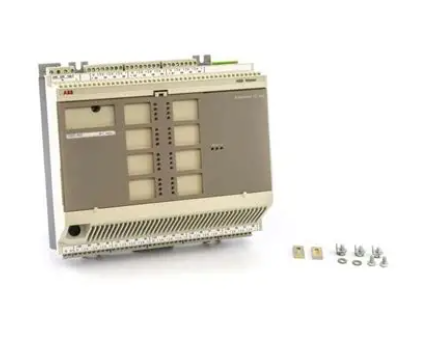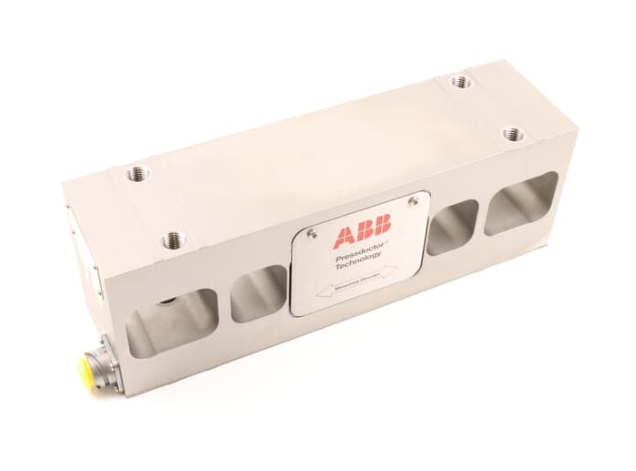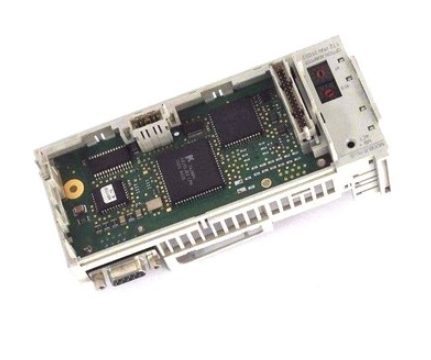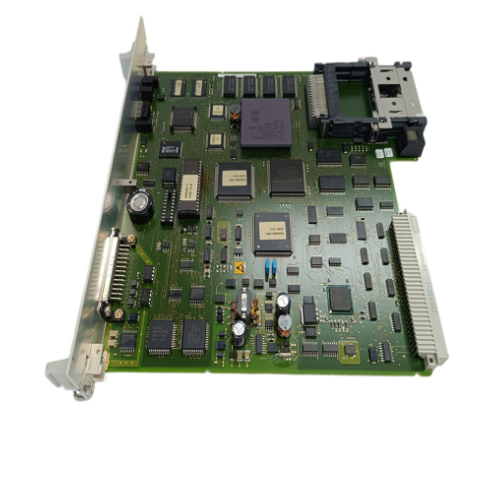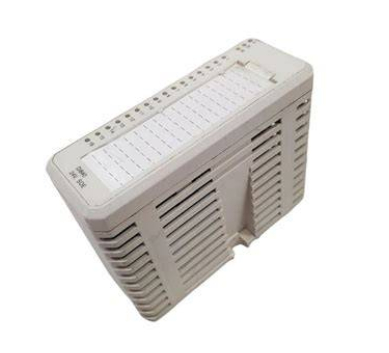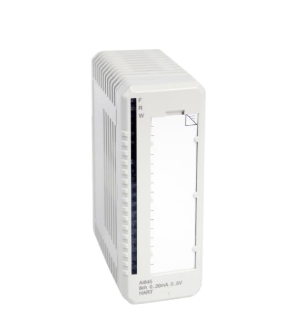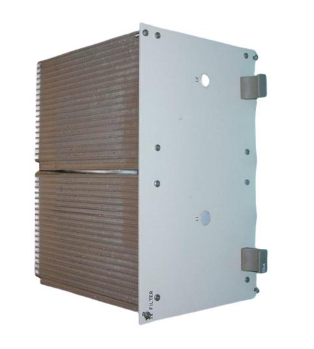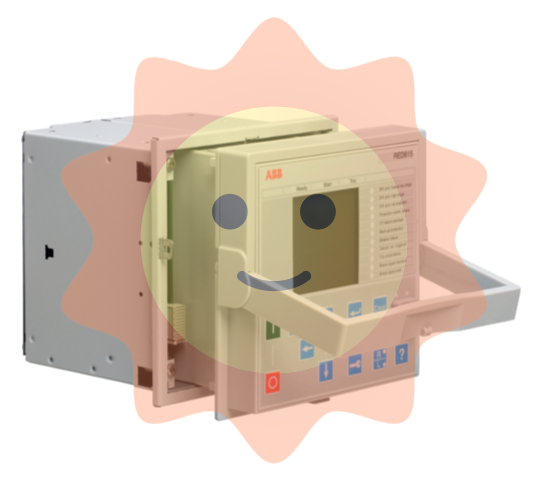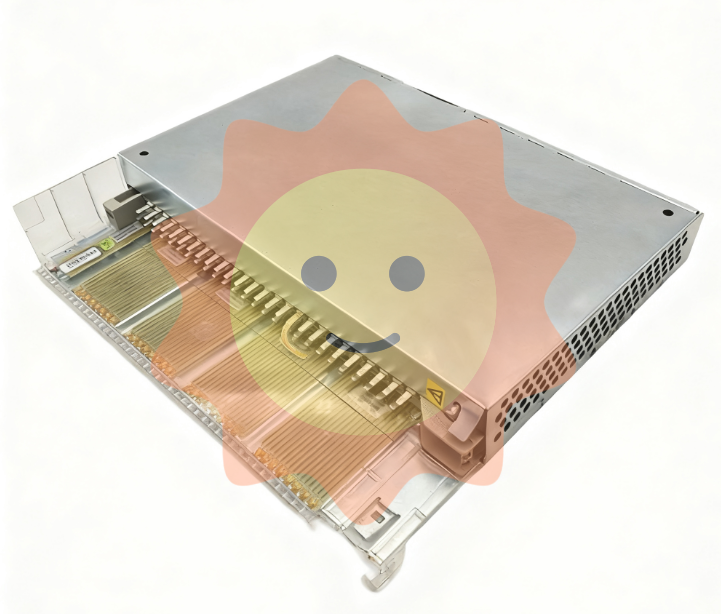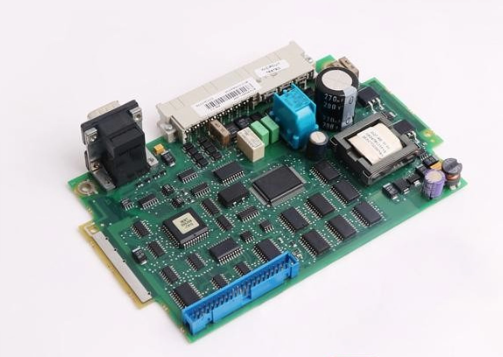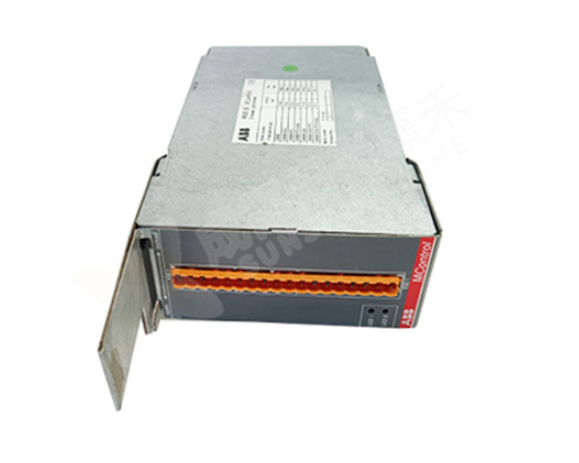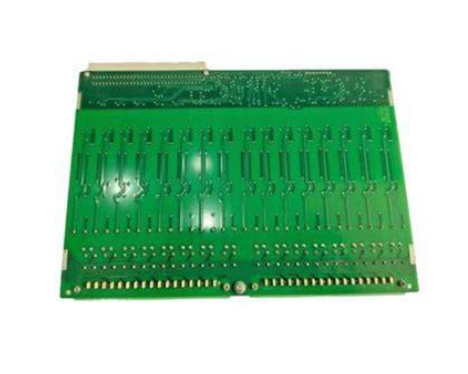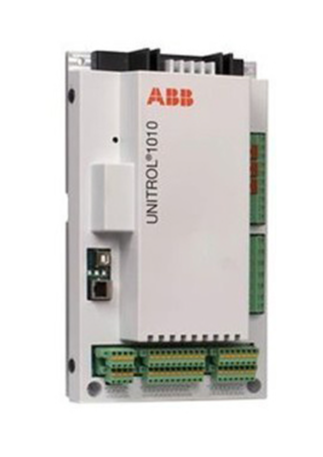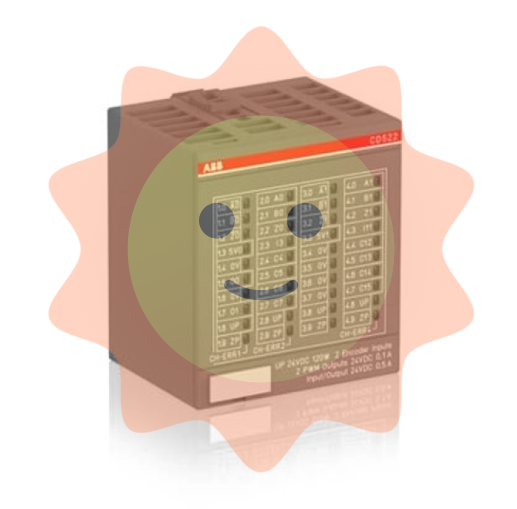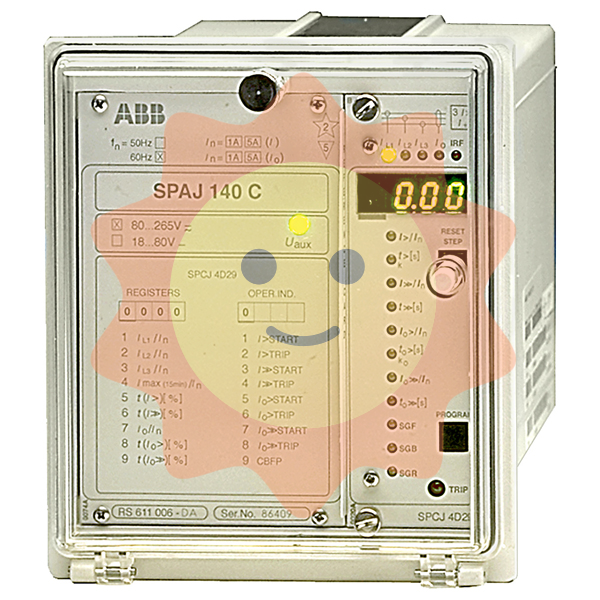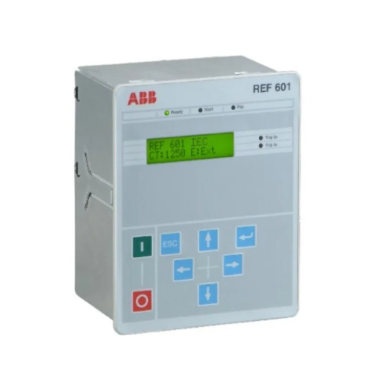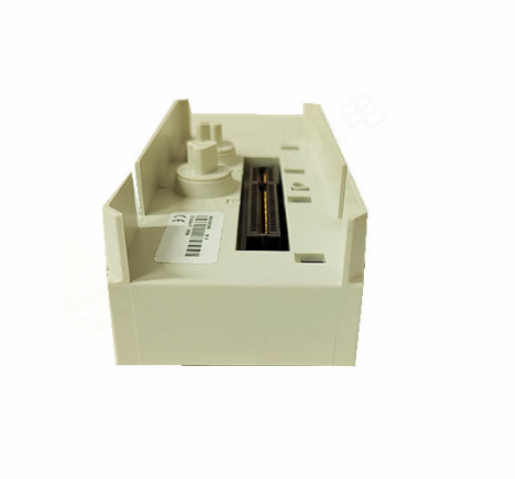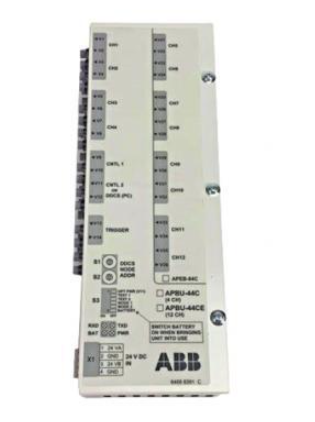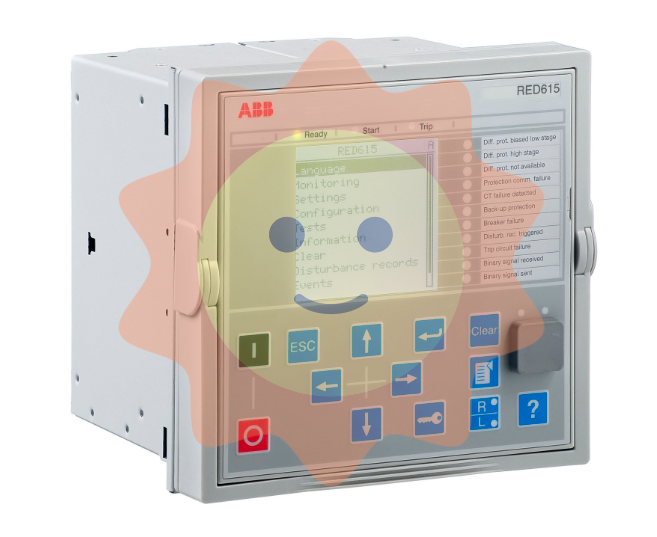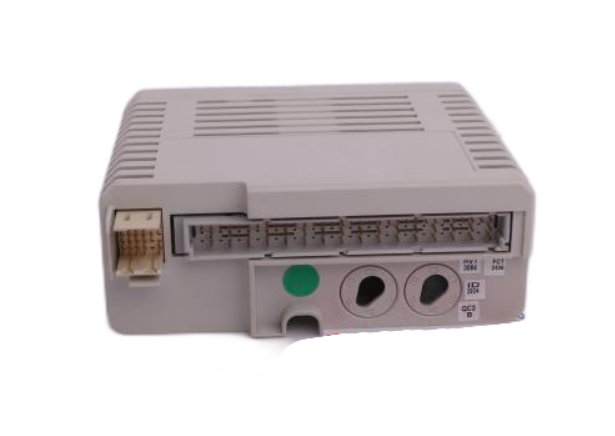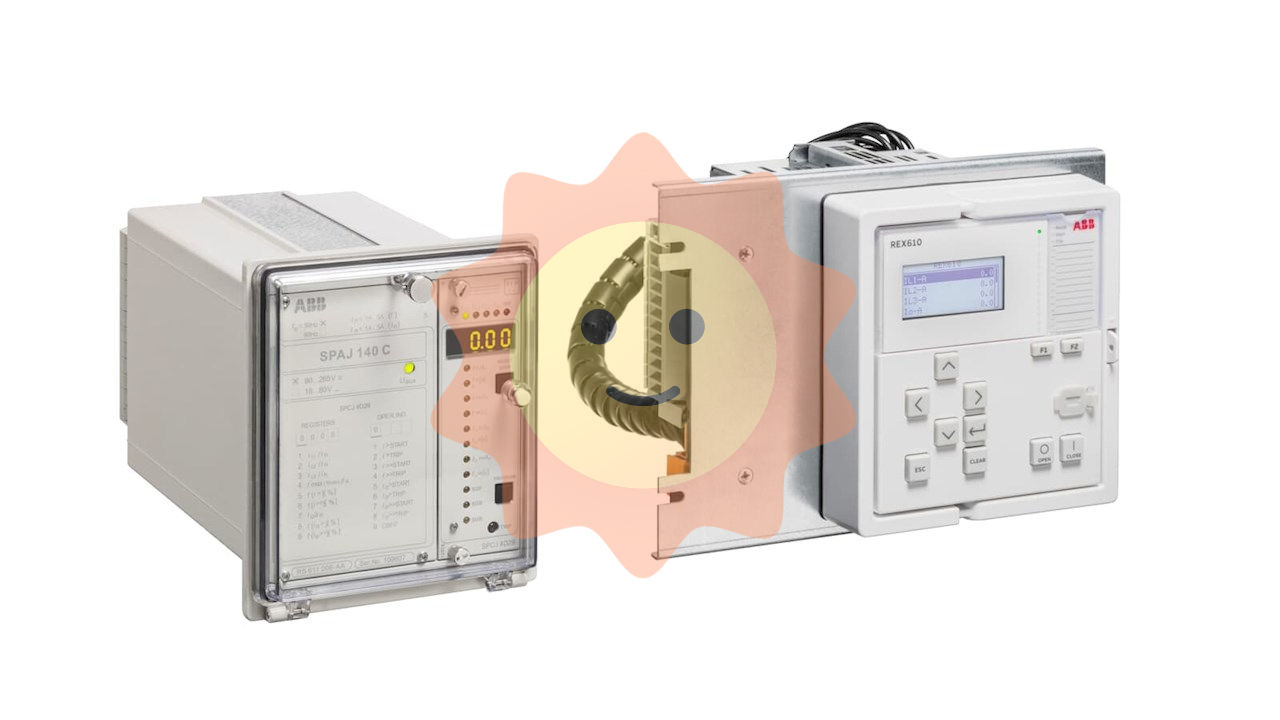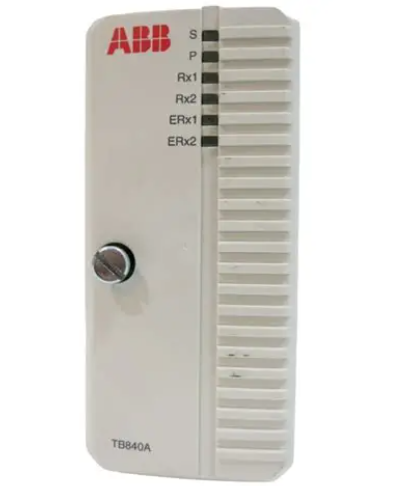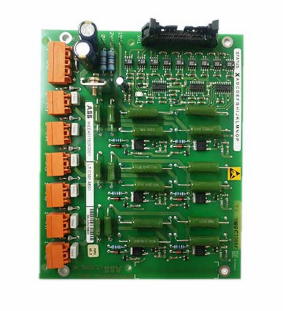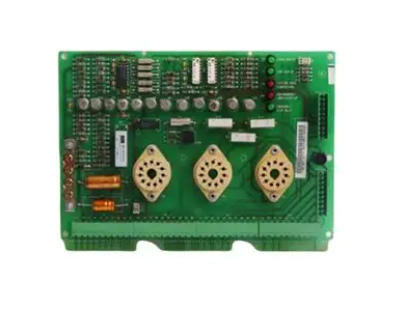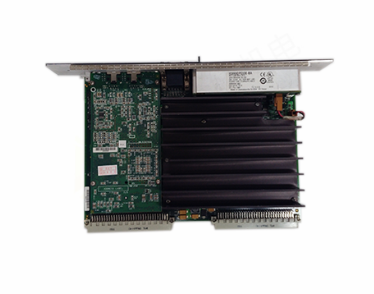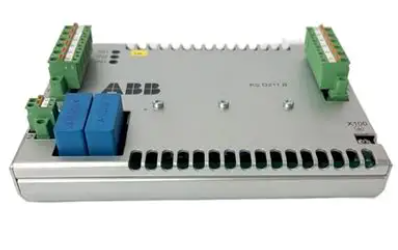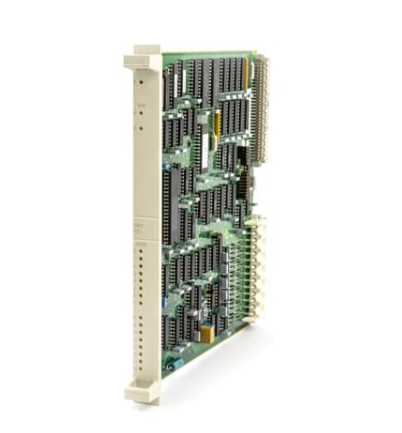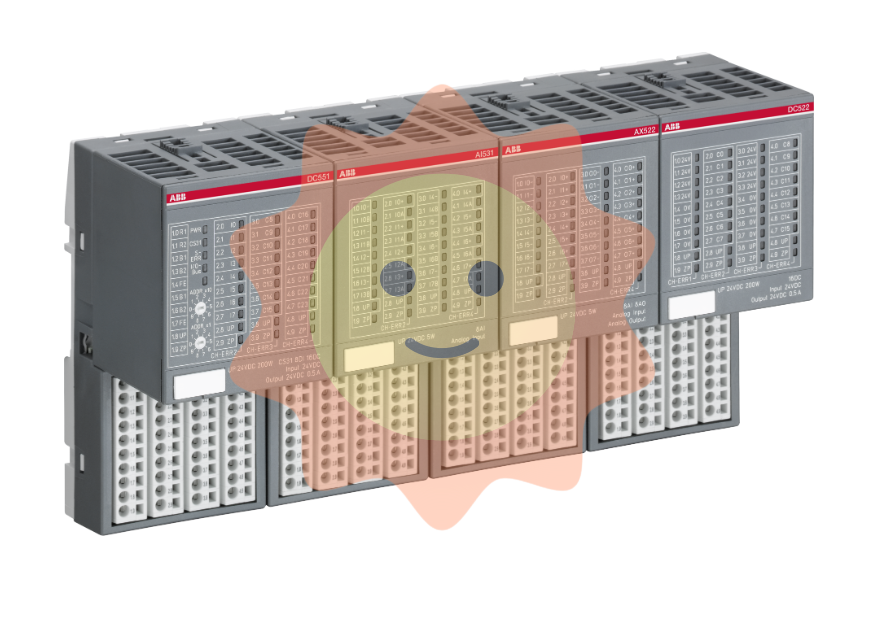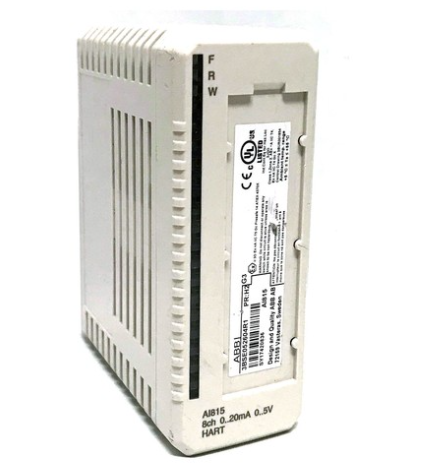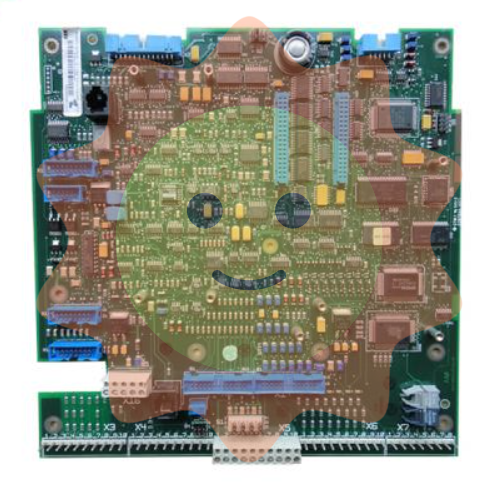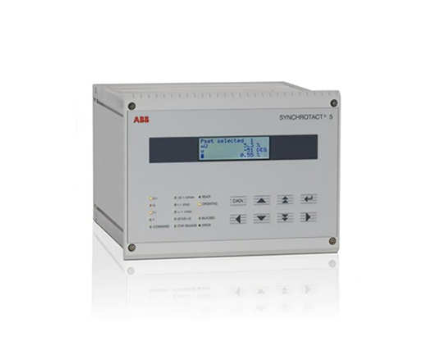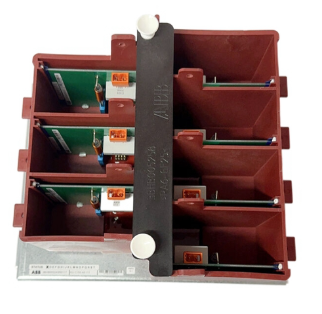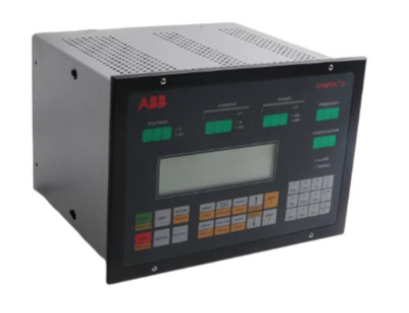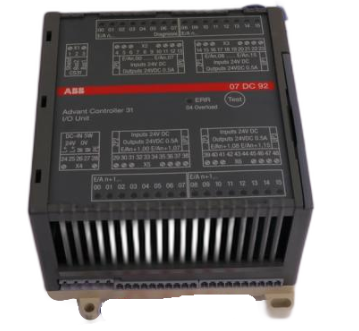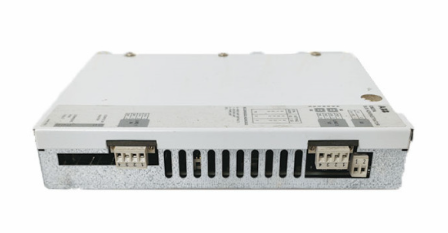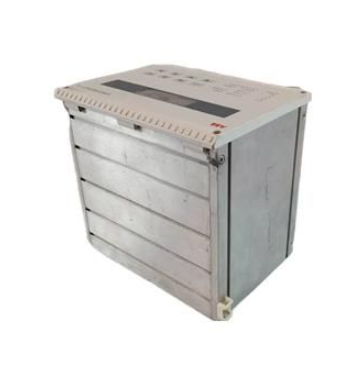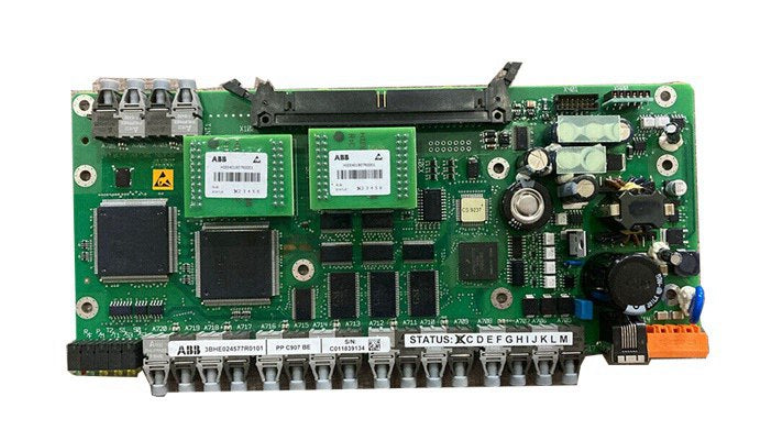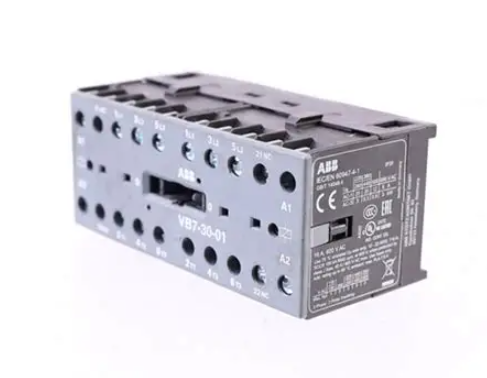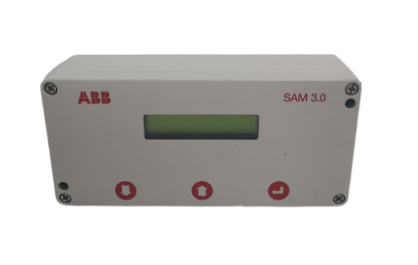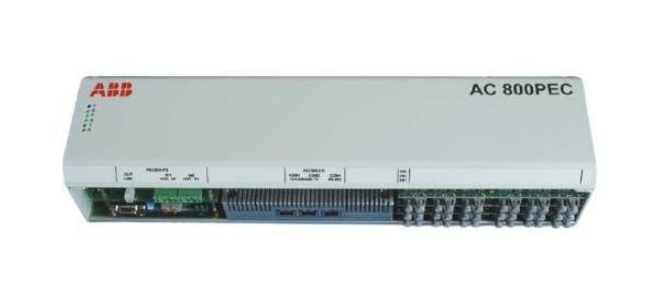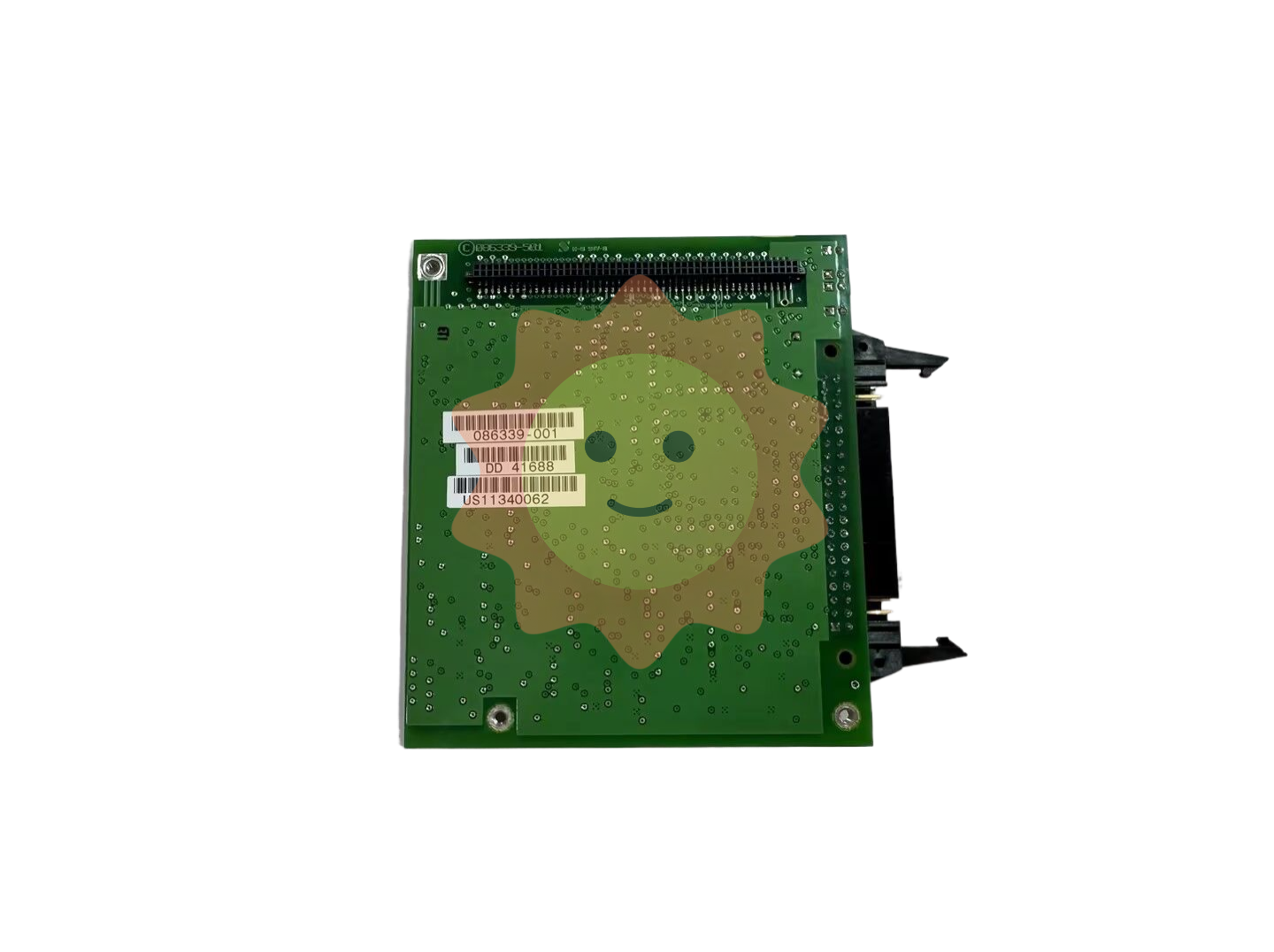MOTOROLA F7509/V103/V367 Remote Terminal Unit
Key advantages
High reliability: Adopting industrial grade design and manufacturing processes, high-quality electronic components are selected in hardware, with good anti-interference ability and stability. After rigorous testing and verification, it can operate stably for a long time in harsh industrial environments and complex electromagnetic interference environments, ensuring the reliable operation of the system and reducing equipment failures and downtime.
Flexible Scalability: With a modular design structure, users can flexibly choose and expand input/output modules, communication modules, etc. according to their actual application needs. Facilitate the system to expand and upgrade its functions based on business development or process changes in the later stage, reduce system upgrade costs, and improve system adaptability.
Powerful communication capability: supports multiple communication methods and protocols, and can seamlessly connect and communicate with different types of devices and systems. Efficient and stable data transmission can be achieved in both wired and wireless network environments, meeting communication needs in different scenarios.
Easy to maintain and manage: The equipment has complete self diagnosis and fault monitoring functions, which can timely detect its own problems and provide feedback to maintenance personnel through indicator lights, alarm information, and other means. At the same time, it provides a simple and easy-to-use configuration and management interface, making it convenient for users to set device parameters, monitor status, and perform maintenance operations, reducing the difficulty and management costs of device maintenance.
Precautions
Installation environment: It should be installed in a dry, ventilated, and non corrosive gas environment, avoiding direct sunlight and severe vibration. The installation location should be far away from strong electromagnetic interference sources, such as large motors, transformers, etc., to ensure the normal operation of the equipment. When installing outdoors, protective measures should be taken, such as using waterproof and dustproof cabinets to prevent rainwater, dust, etc. from entering the interior of the equipment and affecting its performance.
Power connection: Ensure that the power connection is correct and secure, pay attention to the polarity of the power supply, and avoid reverse connection. Before connecting to the power supply, it is necessary to check whether the power supply voltage meets the equipment requirements to prevent damage to the equipment due to high or low power supply voltage. For devices that require an external power adapter, the original adapter should be used to avoid using inferior or mismatched adapters.
Communication settings: When setting up communication, it is necessary to carefully check the communication parameters, including baud rate, data bits, parity bits, stop bits, etc., to ensure that they are consistent with the communication parameters of the connected device or system. If using wireless network communication, attention should be paid to signal strength and stability to avoid communication interruption or data transmission errors caused by weak signals. Regularly inspect communication lines for damage, looseness, and other issues to ensure the reliability of communication.
Software upgrade: When upgrading device software, important data in the device should be backed up in advance to prevent data loss during the upgrade process. Strictly follow the upgrade guide provided by the equipment manufacturer to ensure a smooth upgrade process. After the upgrade is completed, it is necessary to conduct a comprehensive test of the equipment to check whether its various functions are normal, in order to avoid equipment failures caused by software upgrades.
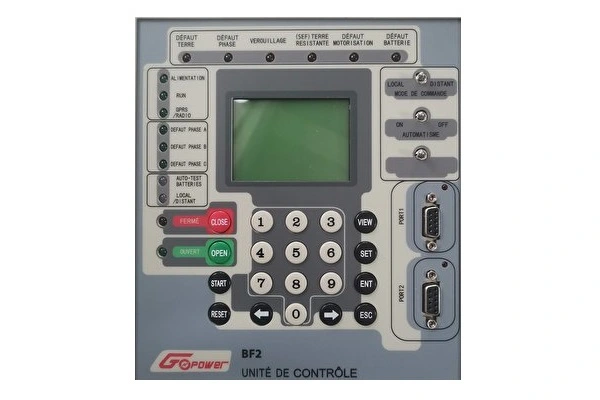
- EMERSON
- Honeywell
- CTI
- Rolls-Royce
- General Electric
- Woodward
- Yaskawa
- xYCOM
- Motorola
- Siemens
- Rockwell
- ABB
- B&R
- HIMA
- Construction site
- electricity
- Automobile market
- PLC
- DCS
- Motor drivers
- VSD
- Implications
- cement
- CO2
- CEM
- methane
- Artificial intelligence
- Titanic
- Solar energy
- Hydrogen fuel cell
- Hydrogen and fuel cells
- Hydrogen and oxygen fuel cells
- tyre
- Chemical fiber
- dynamo
- corpuscle
- Pulp and paper
- printing
- fossil
- FANUC
- Food and beverage
- Life science
- Sewage treatment
- Personal care
- electricity
- boats
- infrastructure
- Automobile industry
- metallurgy
- Nuclear power generation
- Geothermal power generation
- Water and wastewater
- Infrastructure construction
- Mine hazard
- steel
- papermaking
- Natural gas industry
- Infrastructure construction
- Power and energy
- Rubber and plastic
- Renewable energy
- pharmacy
- mining
- Plastic industry
- Schneider
- Kongsberg
- NI
- Wind energy
- International petroleum
- International new energy network
- gas
- WATLOW
- ProSoft
- SEW
- wind
- ADVANCED
- Reliance
- YOKOGAWA
- TRICONEX
- FOXBORO
- METSO
- MAN
- Advantest
- ADVANCED
- ALSTOM
- Control Wave
- AB
- AMAT
- STUDER
- KONGSBERG
- MOTOROLA
- DANAHER MOTION
- Bently
- Galil
- EATON
- MOLEX
- Triconex
- DEIF
- B&W
- ZYGO
- Aerotech
- DANFOSS
- KOLLMORGEN
- Beijer
- Endress+Hauser
- MOOG
- KB
- Moxa
- Rexroth


Email:wang@kongjiangauto.com

